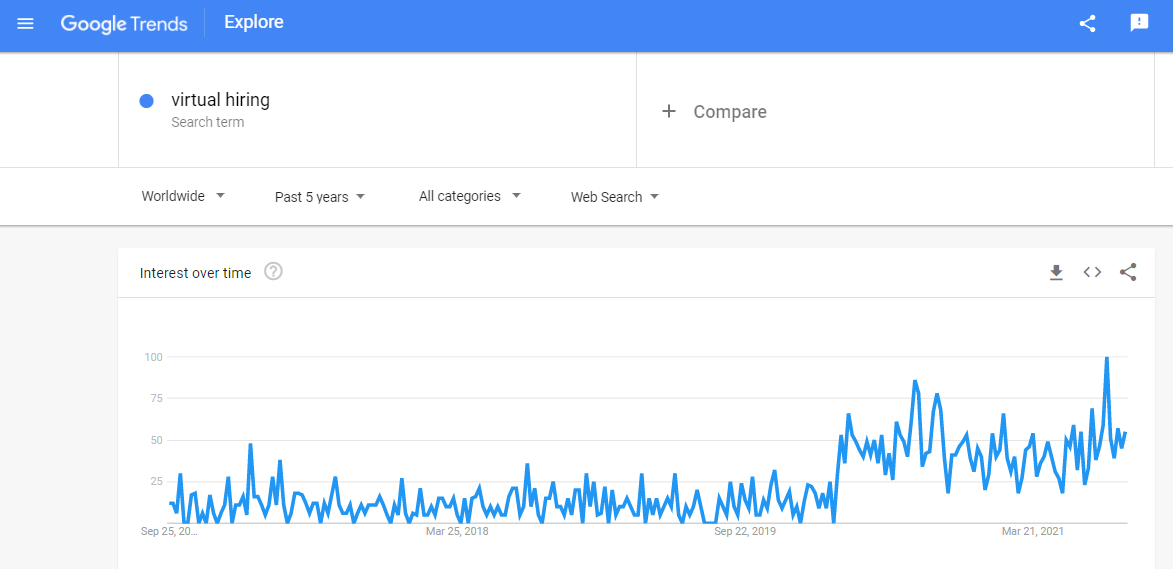50 Motivational Quotes to Boost Your Employees’ Morale


Corporations spend millions of dollars on employee engagement programs and enriching development programs in an attempt to increase their productivity yield. However, some tried-and-tested techniques can immensely boost your employees' morale, enhancing their performance and productivity without you having to shell any pennies. There are some things that money can't buy, and if you analyze closely, you'll realize loyalty cannot be influenced by a salary hike or benefits and perks. These can retain your skilled employees for a longer duration and enchant them, but, they have a momentary charm, and the dazzle wears off eventually. If you look at the statistics, employees are more likely to continue if their superiors motivate and appreciate them. Of course, this is based on the premise that they are adequately compensated and that their pay scale is in the range corresponding to market values.
Seasoned HR personnel and intelligent leaders know of this one simple hack that is absolutely free of cost – motivational quotes. As simple as this may sound, quotes can be a powerful ally to appreciate, motivate, and evoke positive emotions from your employees. Inspiring quotes can set the tone for the day and create a mindset that can help trigger desired results. Some powerful quotes are as effective as caffeine; they get the adrenaline pumping. It is essential to note that high energy levels can be contagious in a way. And when the entire team is collectively motivated, there's no stopping them from achieving set targets. Employees who stay motivated collectively focus on the outcome. The team's success and achievements are as vital as their own. They build each other, which results in a more secure outcome. So, nobody gets left behind. Individual members prosper along with the team. It's a win-win.
So, if you aren’t already using this tool, maybe it's time you seriously consider this strategy. We've compiled a few quotes to inspire and motivate your staff to reach their optimum potential.
1. Believe you can, and you're halfway there.- Theodore Roosevelt
2. Some people want it to happen, some wish it would happen, others make it happen.- Michael Jordan
3. Goodness and hard work are rewarded with respect. – Luther Campbell
4. Either you run the day, or the day runs you. – Jim Rohn
5. All growth depends upon activity. There is no development physically or intellectually without effort, and effort means work.- Calvin Coolidge
6. No great achiever, even those who made it seem easy, ever succeeded without hard work. – Jonathan Sacks
7. No one can whistle a symphony. It takes a whole orchestra to play it.- H.E. Luccock
8. Happiness is the real sense of fulfillment that comes from hard work. –Joseph Barbara
9. Well done, is better than well said – Benjamin Franklin
10. Excellence is not a skill. It is an attitude. – Ralph Martson
11. The secret of getting ahead is getting started. – Mark Twain
12. I'm a great believer in luck, and I find the harder I work, the more I have of it. – Thomas Jefferson
13. The difference between ordinary and extraordinary is that little extra. – Jimmy Johnson
14. We are what we repeatedly do. Excellence then is not an act but a habit. - Aristotle
15. You can’t let your failures define you. You have to let your failures teach you. – Barack Obama
16. Life is about making an impact, not making an income. – Kevin Kruse
17. Tough times never last, but tough people do. – Robert Schuller
18. Talent wins games, but teamwork wins a championship. – Michael Jordan
19. Nothing is impossible; the word itself says, I'm possible! – Audrey Hepburn
20. Don’t wish it were easier. Wish you were better. – Jim Rohn
21. If two men on the same job agree all the time, one is useless. If they disagree all the time, both are useless. – Darryl Zanuck
22. It’s hard to beat a person who never gives up. – Babe Ruth
23. Predicting rain doesn’t count. Building arks does. – Warren Buffet
24. You can’t build a reputation on what you’re going to do. – Henry Ford
25. The only thing that overcomes hard luck is hard work.- Harry Golden
26. Nobody’s a natural. You work hard to get good and then work to get better. It’s hard to stay on top. – Paul Coffey
27. You can’t use up creativity. The more you use, the more you have. – Maya Angelou
28. Intelligence without ambition is a bird without wings. – Salvador Dali
29. Everything you’ve ever wanted is on the other side of fear. – George Addai
30. Do something today that your future self will thank you for – Unknown/Debated
31. If you light a lamp for someone else, it will also brighten your path. – Gautam Buddha
32. There are no secrets to success. It is the result of preparation, hard work, and learning from failure.- Colin Powell
Also Read: 10 Types of Employees and How to Motivate them!
33. Talent means nothing, while experience, acquired in humility and hard work, means everything.- Patrick Suskind
34. Opportunity is missed by most people because it is dressed in overalls and looks like work. – Thomas Edison
35. Don't judge each day by the harvest you reap but by the seeds you plant. – Robert Stevenson
36. All our dreams can come true if we dare to pursue them. – Walt Disney
37. Some people dream of success, while others wake up every morning and make them happen. –Wayne Huizenga
38. You were hired because you met expectations. You will be promoted if you can exceed them. – Saji I
39. Hard work without talent is a shame, but talent without hard work is a tragedy. – Robert Hall
40. The expert in anything was once a beginner.- Helen Hayes
41. Goodness and hard work are rewarded with respect.- Luther Campbell
42. Becoming is better than being.- Carol Dweck
43. A clay pot sitting in the sun will always be a clay pot. It has to go through the white heat of the furnace to become porcelain. – Mildred Striven
44. The only way to achieve the impossible is to believe it is possible. – Charles Kingsleigh
45. Luck is a matter of preparation meeting opportunity. – Lucius Seneca
46. Always deliver more than expected. – Larry Page
47. Quality means doing it right when no one is looking. – Henry Ford
48. Be undeniably good. No marketing effort or social media buzzword can be a substitute for that. – Anthony Volodkin
49. Outstanding people have one thing in common, an absolute sense of mission. – Zig Ziglar
50. Fun is the most underutilized tool in business today. – Barbara Corcoran
The gains an organization can realize from regularly motivating its employees are tremendous. It would be foolish not to utilize such a powerful tool, especially when it isn’t a cost-to-the-company. Exela HR Solutions provides end-to-end HR solutions and customized plans to help businesses acquire, maintain, and develop their talent. Exela is a market leader in Business Process Automation and is well equipped with apt soft skills that can motivate your entire workforce. Find out more about what Exela HR Solutions can do for your business today.
DISCLAIMER: The information on this site is for general information purposes only and is not intended to serve as legal advice. Laws governing the subject matter may change quickly, and Exela cannot guarantee that all the information on this site is current or correct. Should you have specific legal questions about any of the information on this site, you should consult with a licensed attorney in your area.










